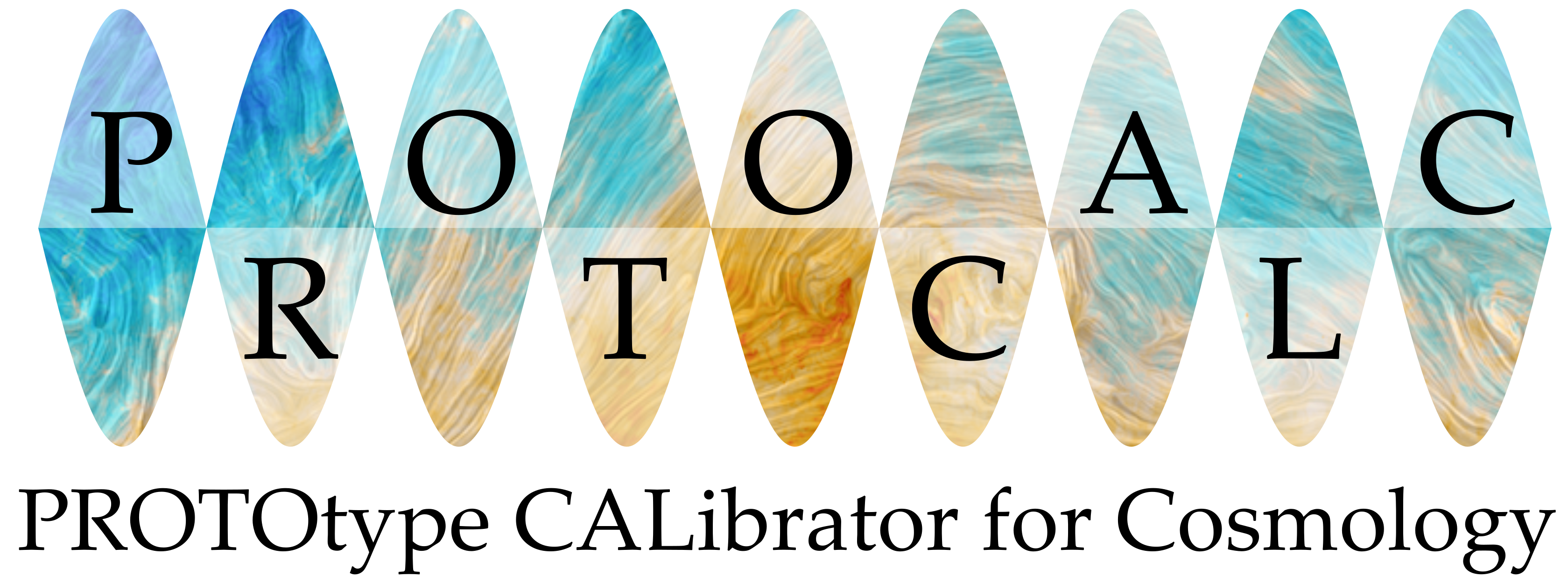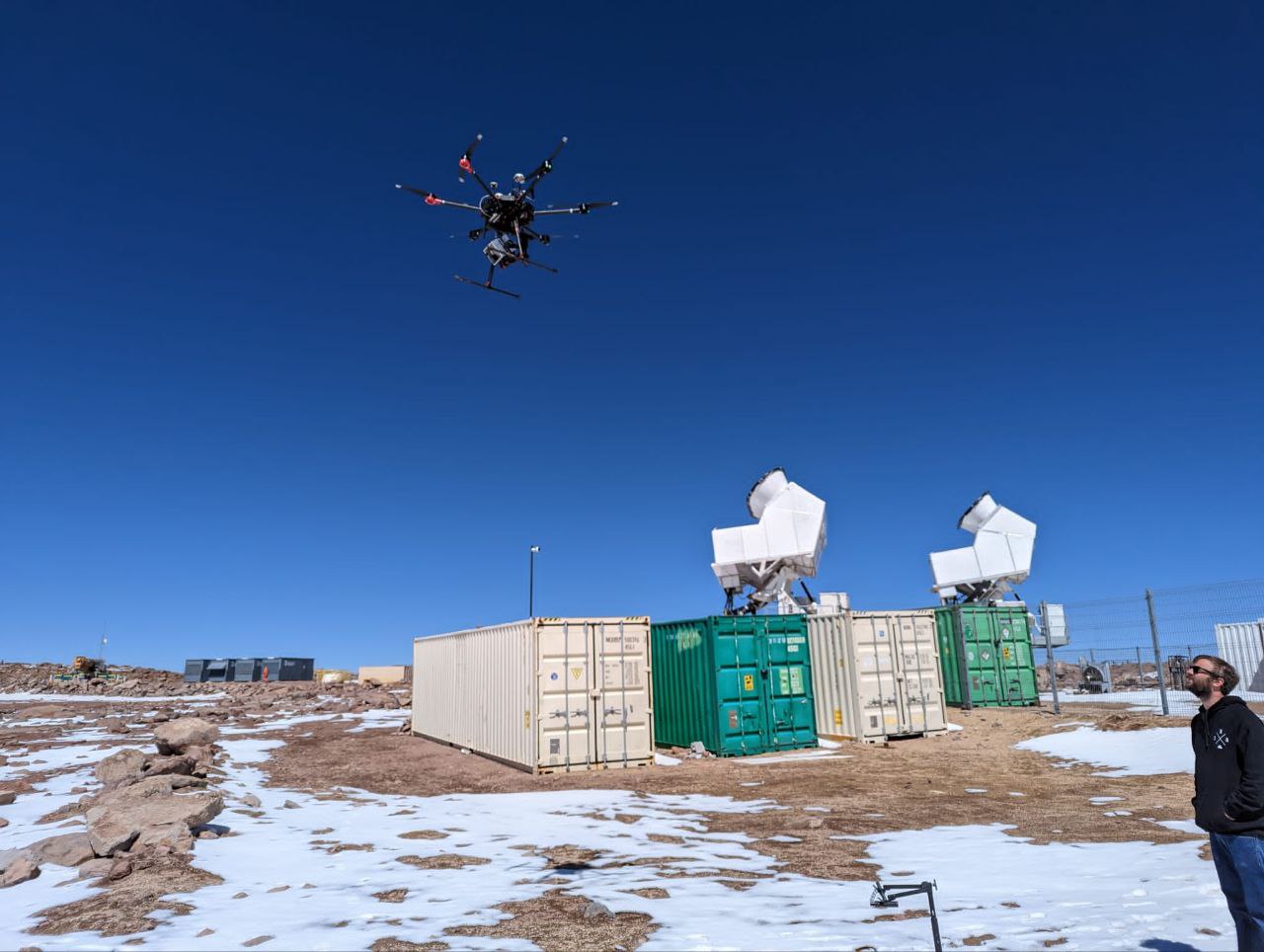
PROTOCALC
PROTOCALC (PROTOtype CALibrator for Cosmology) is a prototype calibrator for CMB Experiments funded by the European Research Council, under the H2020-MSCA-IF-2019 call (Marie Skłodowska-Curie Individual Fellowships, proposal number: 892174). The idea behind it is to develop a new calibrator method for cosmological experiments with a particular focus on the study of the polarization of such experiments.
Scientific Motivation
Cosmic Microwave Background (CMB) polarization instruments need a very accurate control on the systematics introduced by absolute polarization orientation and polarized beam patterns, which limit the accuracy on multiple astrophysical signals such as the Inflationary Gravitational Waves and influences the reconstruction of the gravitational lensing effects on the CMB. Besides, an absolute calibration of the polarization angle of the CMB photons would enable the detection of signatures of parity-violating mechanisms in the early Universe, such as Cosmic Birefringence. CMB measurements are one of the best resources for testing cosmological models and fundamental physics. We have learned that the geometry of the Universe is flat and that its age is around 13.8 billion years. We have also determined that its energy content is dominated by non electromagnetic-interactive particles such as dark matter and dark energy. The signal emitted by the CMB is also linearly polarized. These polarized components, like the temperature, are not isotropic. As a result, they create patterns that are a combination of even-parity (E) and odd-parity (B) modes. Recent E-modes polarization measurements are consistent with the standard cosmological model. However, B-mode signals originated from the CMB have never been detected. They are approximately two order of magnitude lower that the E-modes and can be easily contaminated by other astrophysical signals, such as galactic dust. However, a detection of primordial B-modes can confirm the inflationary theory. It would also give an indication on the characteristics of the inflation, such as the epoch or the energy scale. An accurate study of the gravitational lensing can give more information about neutrinos, such as the number of species and their mass. Accurate measurements of B-modes can also give more information regarding Cosmic Birefringence which will help to understand and verify fundamental physics such as symmetry theories. Current and future CMB polarization experiments require orders of magnitude improvement in sensitivity, therefore instrumental systematic effects that until today were less important than statistical uncertainties are becoming one the most significant limitations. To overcome this limitation, my project, PROTOCALC, will build a prototype for a polarization angle and beam calibrator to be used with the most advanced CMB polarimeters, such as the Simons Observatory. This new instruments will allow a better calibration of CMB experiments improving their sensitivity.
Description of the Project
The idea behind the project is to develop a new hardware design and then create a new calibrator source. This calibrator source will be flown on a drone giving the possibility to use for every telescope on the ground. The project uses commercially available components to develop this calibrator source. Given the accuracy that is required in the knowledge of the polarization angle of the source, PROTOCALC uses RTK to determine the position of the source and an inclinometer to estimate the roll and pitch angles. In addition to these sensors, PROTOCALC will also host a camera for photogrammetry. This last method is developed by some of our collaborators in the Simons Observatory. Given that PROTOCALC will be a calibrator for this experiment, we need to ensure the possibility to use the same method that will be used for other calibration sources.
Useful Links
All the software developed for this project is publically available through Github.
Status of the Project
The drone calibrator flew twice on the Atacama Desert. We tested the source in collaboration with the CLASS telescope.
